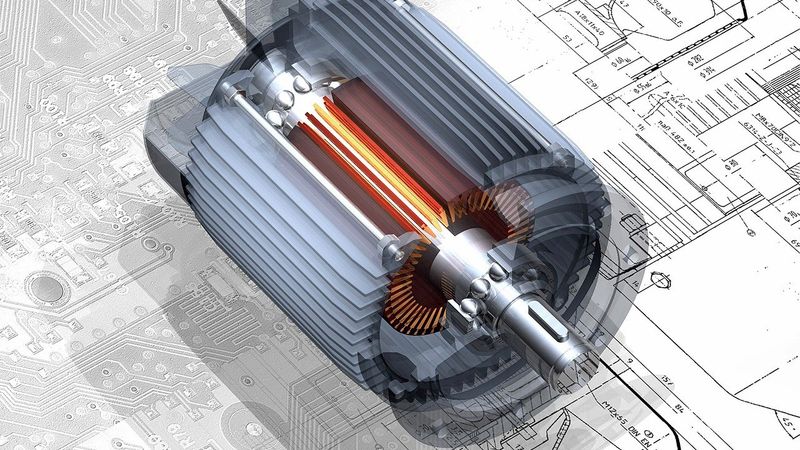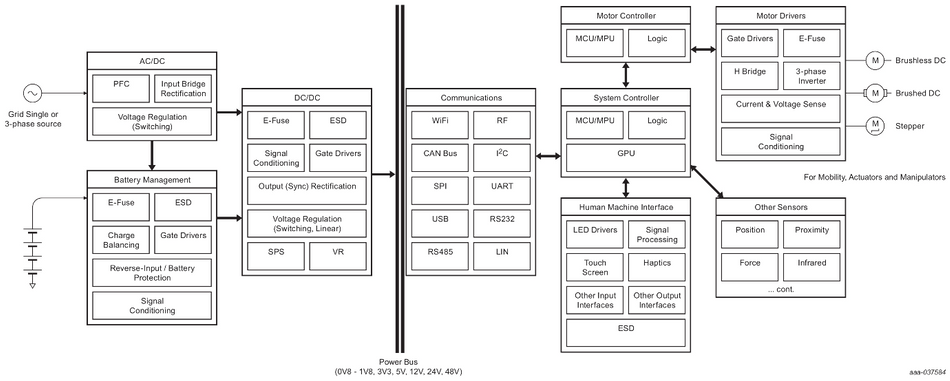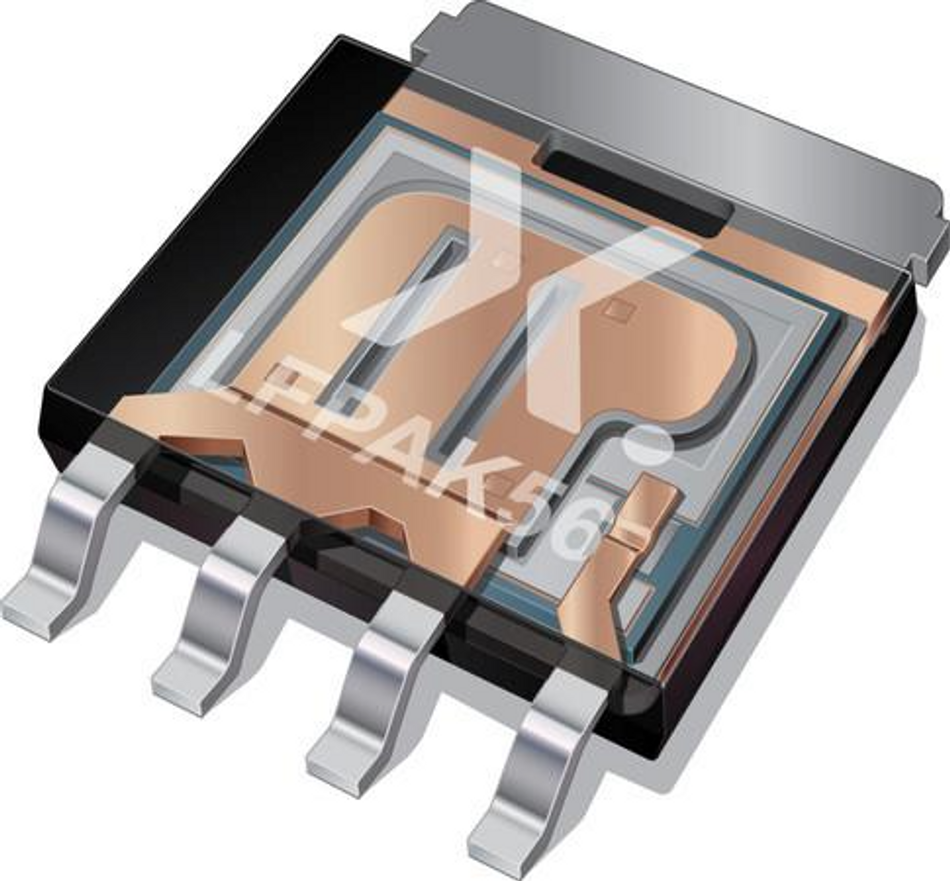Engineering Cobot Motor Drives for Reliability and Efficiency
Industrial robots have brought programmable automation to factory floors and areas for storage, sorting, and packing, as businesses seek to increase their productivity and reduce operating overheads.

Image by PIRO from Pixabay
This article was first published on
www.controlsdrivesautomation.comIndustrial robots have brought programmable automation to factory floors and areas for storage, sorting, and packing, as businesses seek to increase their productivity and reduce operating overheads.
More recently, collaborative robots (cobots) have arrived and created an extra, new world of application opportunities. Designed to work safely alongside humans, they bring the unique ability to act as co-workers contributing to the processes that must be completed to achieve the result.
This softer image of the robot as a coworker – in contrast to those unapproachable, caged superhumans used for hazardous jobs like heavy lifting, welding, and paint spraying - promotes the adoption of cobots in a wider range of tasks. It raises the exciting prospect of combining human qualities such as natural dexterity and visual acuity, combined with the superior speed, repeatability, and strength of the robot.
Cobots are also assumed to have a reliability advantage over humans, with no tendencies towards illness, lateness, or loss of concentration while working. As important as performance, efficiency, and safety, reliability needs to be designed in to ensure that the cobot will deliver the operator’s expected return on investment (ROI).
Motor-Drive Design Requirements
Figure 1 describes the underlying electrical architecture of a typical industrial cobot. The motors and motor-drive circuits that move each of the cobot’s joints must be able to handle the necessary loads and movements without straining or overheating. Motors that offer a high torque-to-weight ratio and small form factor in relation to the demands at each joint are usually preferred to permit a lightweight and compact robot design that can be safe and easy to work with around humans.
However, such requirements put a significant level of expectations on the motor-drive circuitry where the power electronics reside. The smallest possible module size is required, consistent with the goals of compactness and light weight. The size constraints limit thermal performance, which increases the stress on power semiconductor components. Frequent starting and stopping, as well as emergency stops when safety sensors indicate proximity of a human coworker, generate heat within the power semiconductors which must be dissipated to preserve the device.
Cobot applications typically operate with a bus voltage of below 60V, translating to the power stage for the motor driver being driven by MOSFETs in a three-phase inverter topology. High energy efficiency is clearly an important consideration in current markets, so MOSFETs with low on-resistance are desirable. On the other hand, high availability and uptime are critical requirements that directly impact productivity and ROI, placing emphasis on choosing devices that are designed for ruggedness and reliability.
When driving high-power motors, MOSFETs are vulnerable to failures caused by locked rotors, parasitic effects and brownout events that can expose the devices to excessive current and prolonged switching time. To withstand these threats, the chosen device needs a strong safe operating area (SOA) and avalanche robustness. Enhancing these parameters usually comes at the expense of increased RDS(on). Hence trading-off some efficiency in pursuit of superior thermal dissipation and higher excess-voltage, current-surge, and avalanche capabilities is warranted. Seeking all these qualities together with a compact footprint to minimise the size of the driver module narrows the selection of suitable devices.
In fact, the constraints that determine the choices of power semiconductors for cobots are remarkably close to those for today’s heavy-duty cordless handheld power tools, such as high-power drills, impact wrenches, sanders, and grinders. These, too, must respect tight limitations on physical dimensions, while also delivering high current and withstanding intensive thermal loads particularly during repeated starting and stopping. German sports equipment pioneer Jaykay GmbH encountered similar limitations when creating its range of innovative e-trucks and paddle boards, and overcame them using Nexperia MOSFETs that are optimised for ruggedness and reliability in compact motor drives.
Power Semiconductor Selection
Given the complexity of today’s application demands and the latest advances in device technology, focusing on the traditional RDS(on) x Qg figure of merit (FOM) is no longer the best starting point when selecting MOSFETs. The differentiating factor for every design is to find the best silicon-package combination.
While optimisation and enhancement at the silicon level has blazed the trail for new MOSFETs with greater current and voltage handling capability than previous generations, the package technology plays a massive role in meeting the needs of high-power applications. Compared to traditional power packages, Nexperia’s LFPAK technology combines significantly lower parasitic inductance and electrical resistance with greatly improved thermal performance. The key innovation, enabling these improvements, is the copper clip bond that replaces conventional bond wires at the source connection, as shown in Figure 2. Compared to wire bonds, the copper clip bond prevents localised current crowding thereby eliminating hotspots and ensuring a more uniform current spread, while also acting as a heat sink to the die.
Combining the latest silicon and LFPAK56 package has enabled a half-bridge MOSFET pair comprising high-side and low-side devices for 3-phase motor control in a 5mm x 6mm outline. The package uses flexible leads to improve overall reliability and the internal copper clip that connects the silicon drain and source terminals to the package leads has greater electrical performance and thermal dissipation than traditional bond wires, thereby boosting reliability. While the MOSFET drain tab remains the dominant path in dissipating heat from the die, the LFPAK source clip makes a significant contribution. Therefore, ensuring a suitable amount of copper in the PCB connections to the source pins helps to maximise the overall thermal performance.
In high-power applications, where space constraints conflict with demands for high performance and robustness, copper clip package technology is an extremely valuable part of the solution that helps to maximise the value of the silicon. Robustness and reliability also comes down to thermal cycling and in some cases, the sheer level of current the devices need to handle in case of a fault condition.
Conclusion
For robot makers, delivering a safe and cost-effective system to the marketplace calls for intelligent design decisions at all stages, including an accurate, flexible, and responsive control strategy, cost-effective and optimally sized motor, and reliable and efficient power semiconductors. Given the intended growth of this market, with the ever-increasing power density, the power semiconductors are a critical component to ensure that the motor and, by extension, the entire cobot is driven efficiently, reliably, and safely.


